New
Vitiligo Treatment News at IMCAS 2024
The IMCAS Congress in Paris recently emerged as a pivotal gathering for nearly 20,000 skin specialists worldwide.
Thanks to an educational grant from IMCAS and a sponsored booth (K203), Prof. Torello Lotti and I engaged directly with attendees interested in vitiligo. Our activities included distributing World Vitiligo Day 2024 leaflets, discussing World Health Academy's Publishing House initiatives, and introducing our innovative AI-Guide on Vitiligo, which generated significant interest. Additionally, I was thrilled to present the hard copy of the second edition of my book, "A No-Nonsense Guide On Vitiligo," fresh off the press.
The vitiligo session on February 1st at the Palais des Congrès de Paris featured two hours of in-depth discussions. Prof. Thierry Passeron opened the session with updates on vitiligo treatment and future directions, followed by Prof. Manal Bosseila, who elaborated on dermoscopic criteria for distinguishing vitiligo from other skin conditions. Dr. Albert Wolkerstorfer, Dr. Reinhart Speeckaert, and others continued with insights on current and emerging treatments, such as JAK inhibitors and photodynamic therapy, demonstrating the field's innovative progress.
A roundtable discussion, led by Dr. Wolkerstorfer with Prof. Lotti and distinguished colleagues, provided a dynamic forum for exchanging vitiligo case studies, underscoring the congress's collaborative ethos and its role in enhancing patient care.
The congress also unveiled three new home phototherapy UVB 308 nm devices by Mediderma, offering enhanced treatment accessibility and adherence. These robust, battery-operated LED lamps, pending regulatory approval, are set to revolutionize treatment compliance.
Moreover, the significant interest in AI's role in dermatology, including tools like ChatGPT, signaled AI's firm establishment in skincare practices. This enthusiasm has solidified our plans to launch the weekly AI-News On Vitiligo.
This congress, sometimes overlooked by vitiligo specialists, has proven essential for connecting with a wide array of skincare professionals dealing with vitiligo. We are immensely grateful to IMCAS and Dr. Huges Cartier for their steadfast support of our efforts.
PROGRAM
Room: Room 143 - Level 1
Date: Thursday 1 February 2024 at 13:30 to 15:30
Format: FOCUS SESSION
13:30 Prof Thierry PASSERON. Vitiligo treatment: what’s new and what’s coming next?
13:41 Prof Manal BOSSEILA. Validity and reliability of dermoscopic criteria used to differentiate vitiligo from other hyperpigmented skin lesions
13:52 Dr Albert WOLKERSTORFER. Current vitiligo treatments
14:03 Dr Reinhart SPEECKAERT. Emerging treatments for vitiligo
14:14 Prof Laila BENZEKRI Role of VZV in segmental vitiligo pathogenesis
14:25 Dr Amr RATEB. Vitiligo: PUVA, laser, or JAK inhibitors?
14:36 Dr Pierre Andre BECHEREL. JAK inhibitors for vitiligo
14:47 Prof Antonio A G MASSA. PDL in vitiligo treatment
14:58 Dr Cheryl M BURGESS. Treatment of segmental vitiligo with topical ruxolitinib and 308 nm monochromatic excimer light
15:09 Prof Torello M LOTTI. Vitiligo Research Foundation
15:10 Dr Albert WOLKERSTORFER. Moderator and panelist: roundtable on vitiligo cases
15:10 Prof Torello M LOTTI. Roundtable panelist on vitiligo cases
15:10 Prof Laila BENZEKRI. Roundtable panelist on vitiligo cases
15:10 Dr Reinhart SPEECKAERT. Roundtable panelist on vitiligo cases
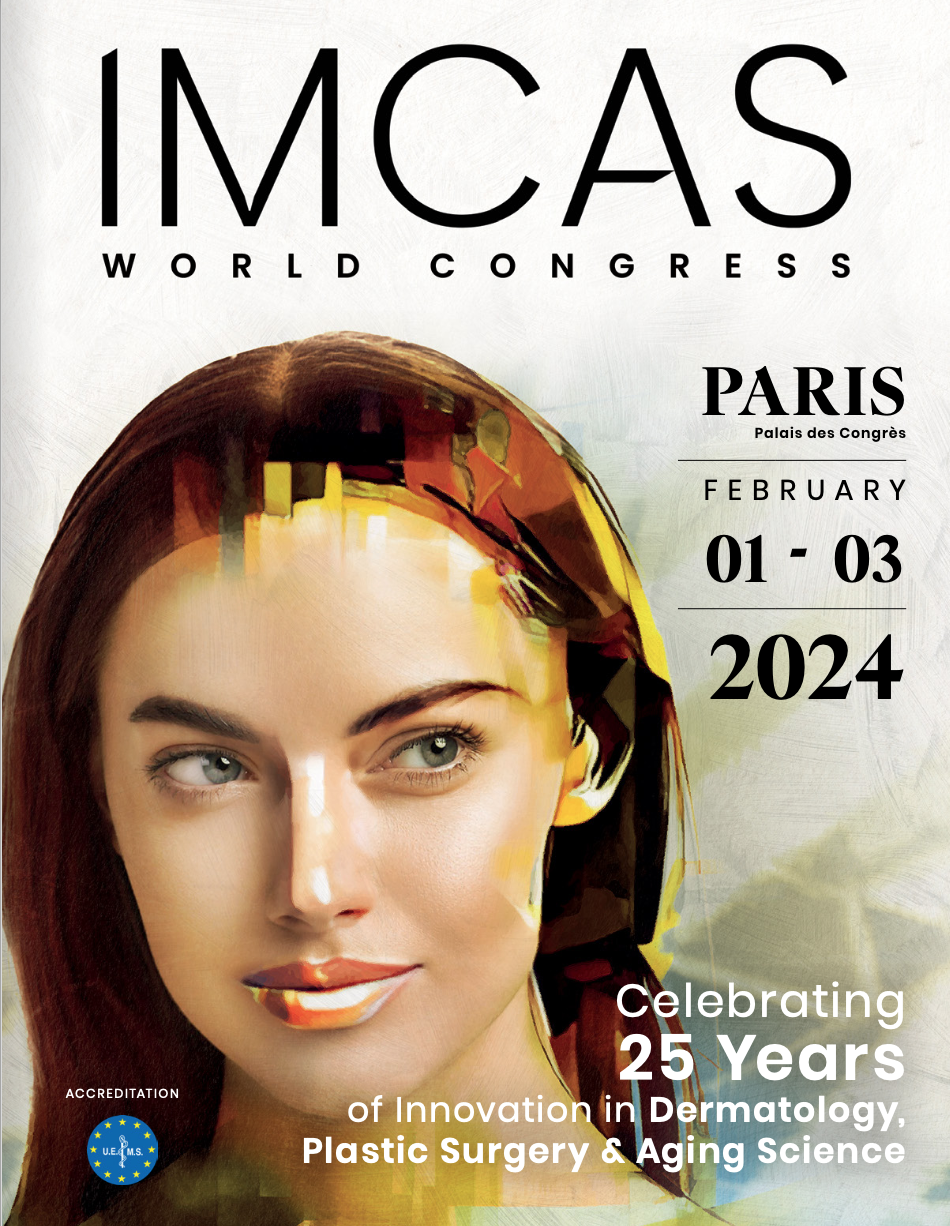
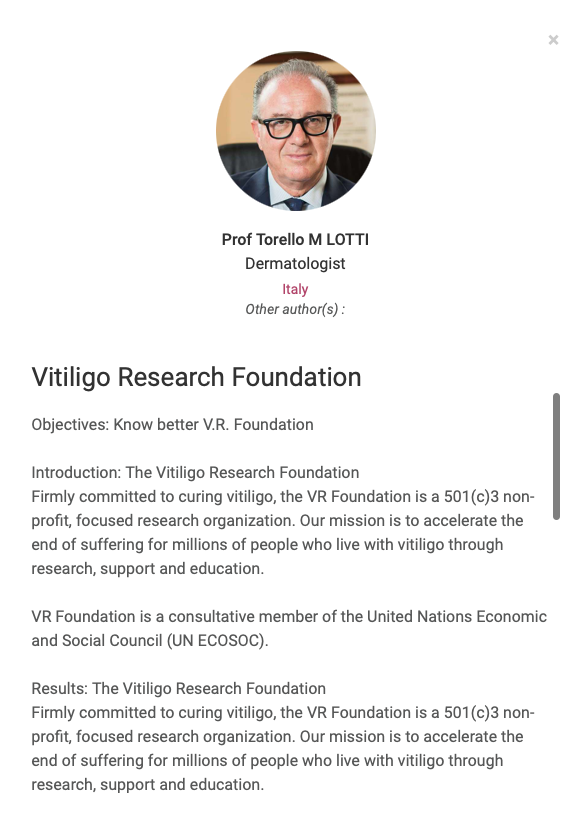
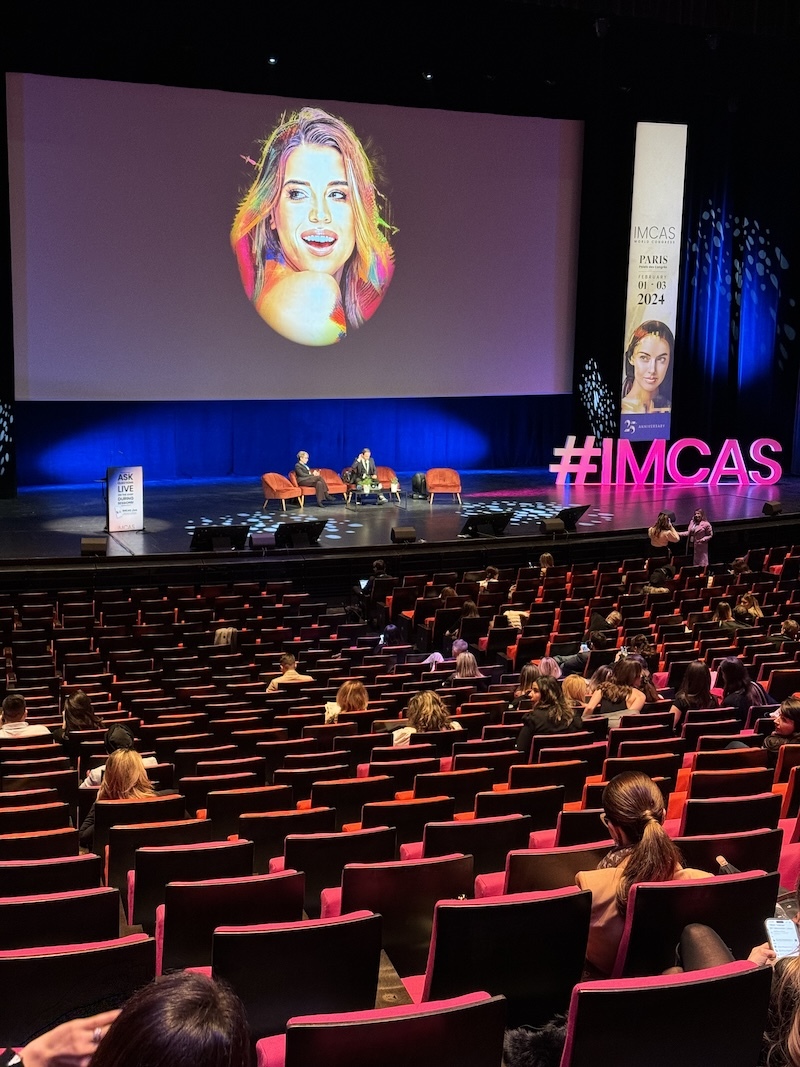
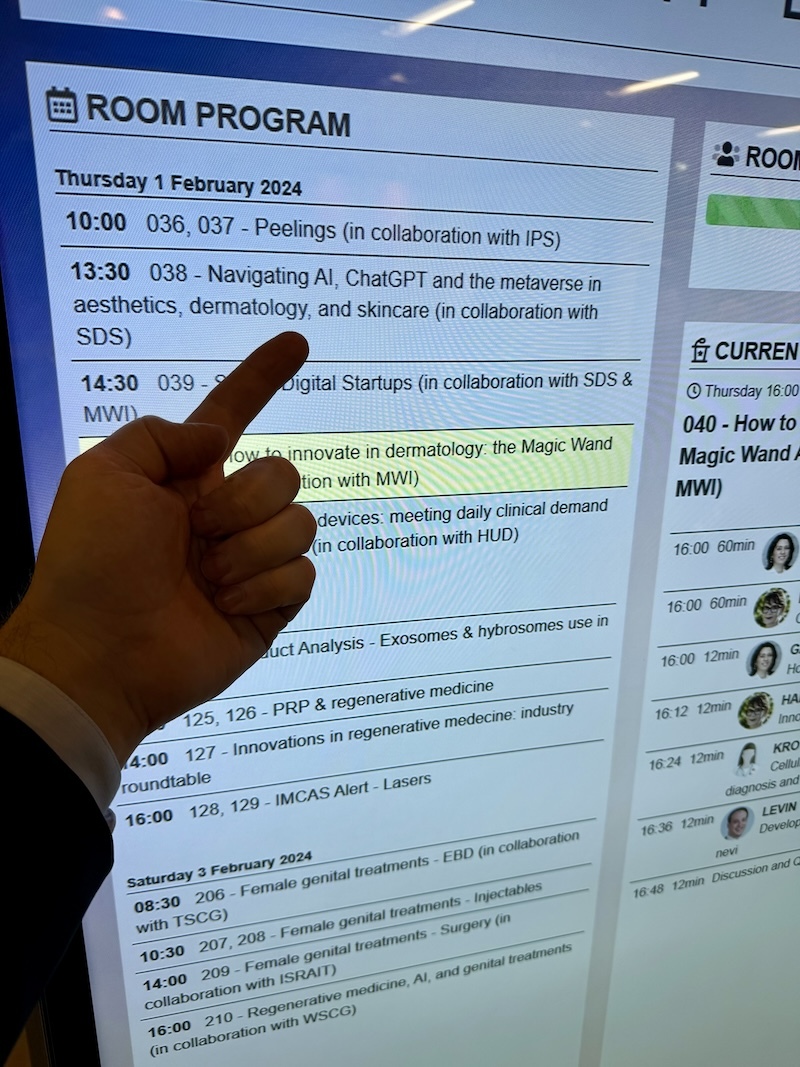
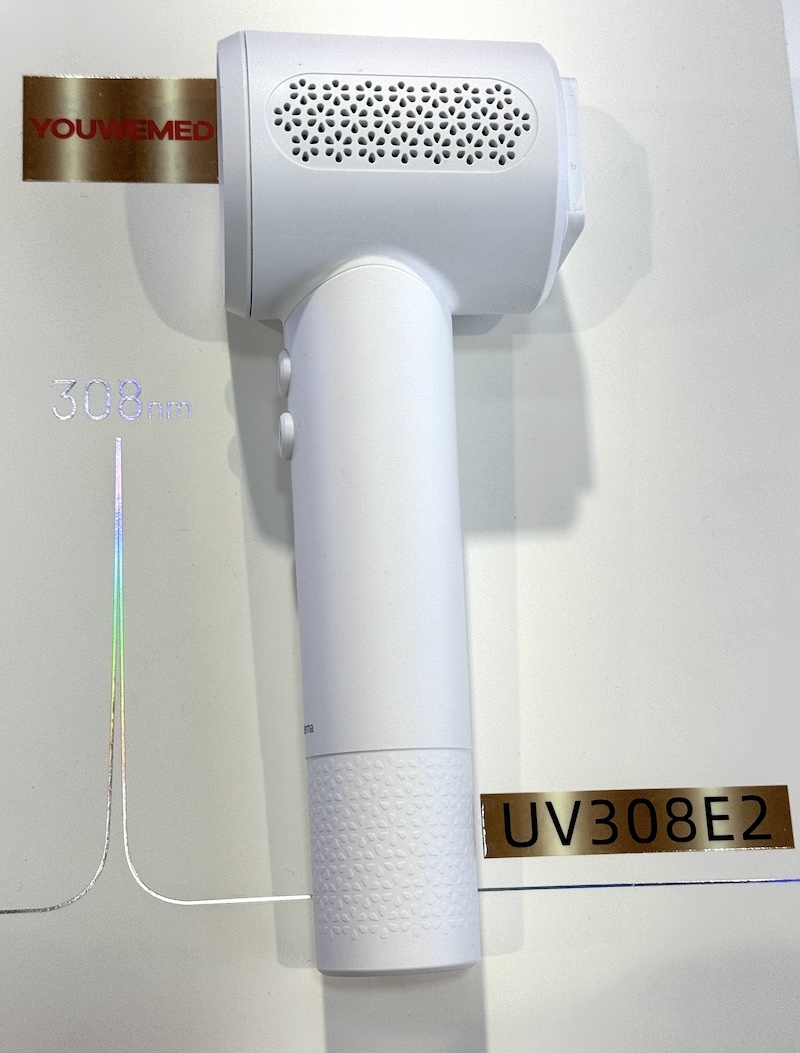

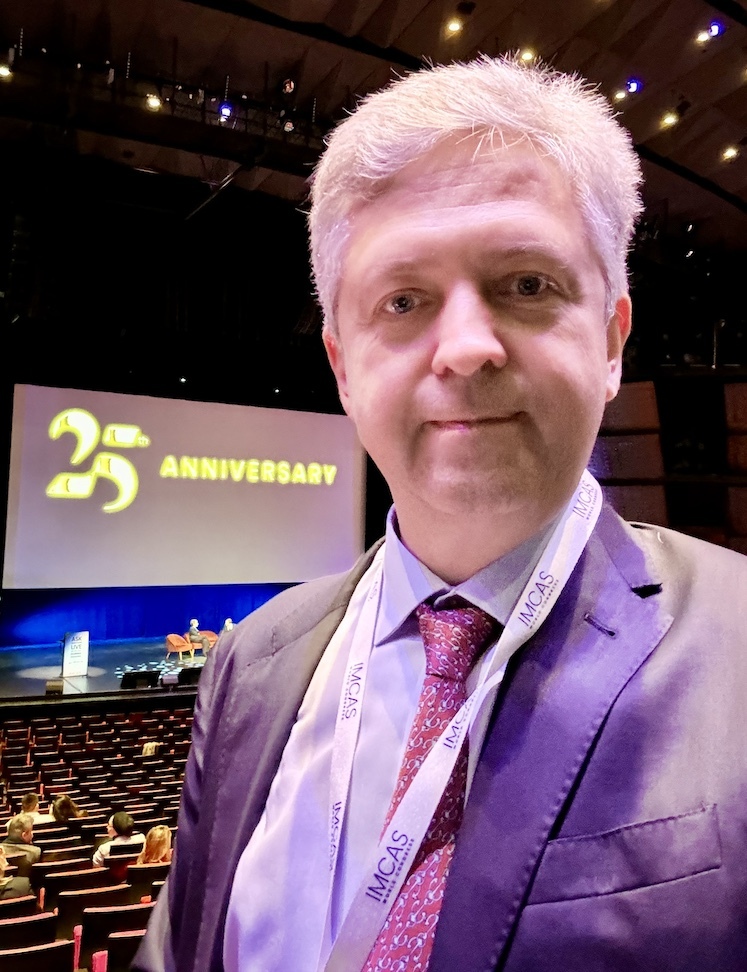
FAQOther Questions
- Is there a traditional medicine to treat vitiligo?
Traditional remedies can play a supportive role in managing chronic, metabolic, and stress-related conditions—particularly early in the disease process, before significant tissu...
- Is there a link between vitiligo and depression?
Depression and anxiety are often linked with vitiligo, significantly impacting a person’s quality of life. The connection stems from the shared origin of the skin and brain duri...
- What is vitiligo?
Vitiligo (pronounced vit-ill-EYE-go) is a generally unpredictable skin disease that causes a gradual loss of skin color and overlying hair on different parts of the body. Cont...
Though it is not always easy to treat vitiligo, there is much to be gained by clearly understanding the diagnosis, the future implications, treatment options and their outcomes.
Many people deal with vitiligo while remaining in the public eye, maintaining a positive outlook, and having a successful career.
Copyright (C) Bodolóczki JúliaBy taking a little time to fill in the anonymous questionnaire, you can help researchers better understand and fight vitiligo.
